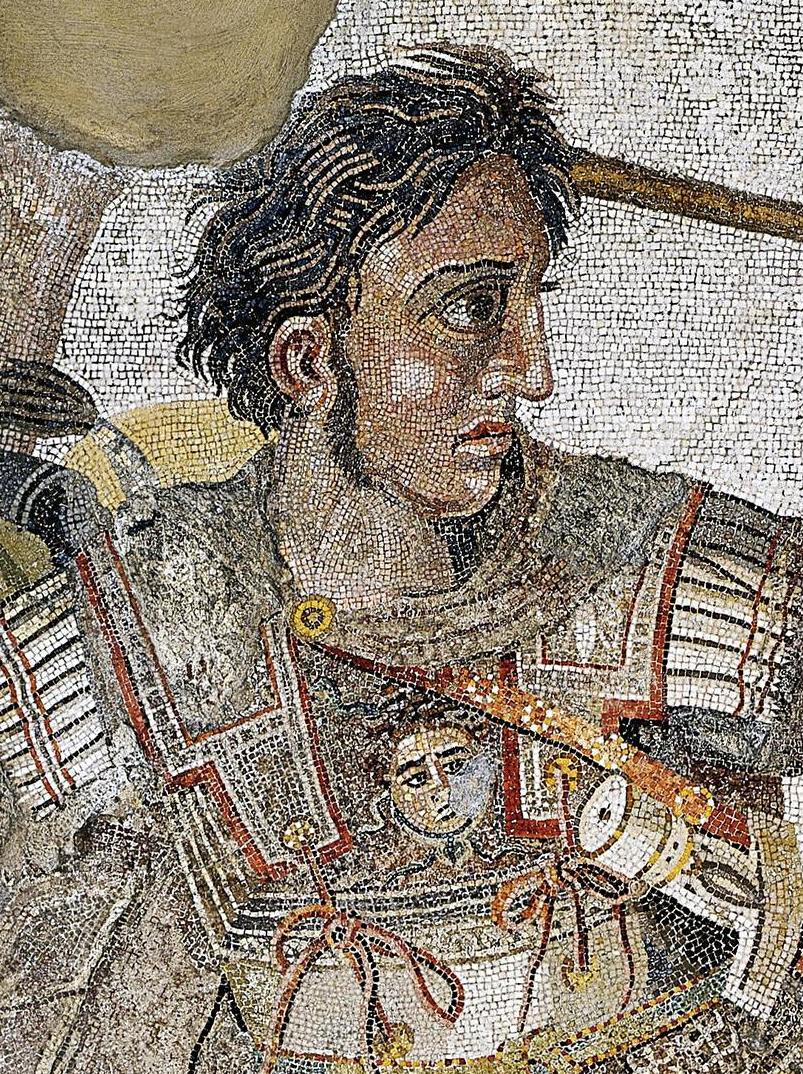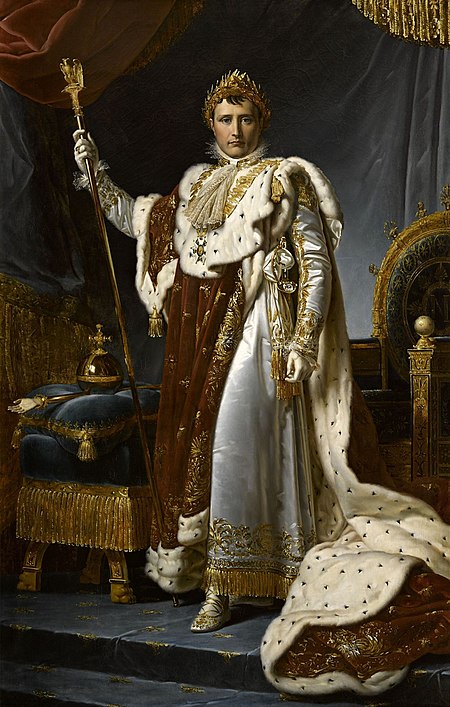History of India #1: New Arrivals in the Indus Valley
2000 BCE - 1100 BCE
------------------------------------------------------------
1300 BCE, and the Indus Valley Civilization...is gone.
What happened to it? No one knows.
Well, there are a variety of speculations, but what can generally be said is that it declined. Natural causes such as floods and/or droughts are brought up as possibilities. conflict, whatever it was, caused the Indus Valley Civilization (IVC) to decline. Harappa, Mohenjo-Daro, Rakhigarhi, Dholavira, and other IVC cities were collapsing or abandoned by 1300 BCE, when one of the most important events in the history of South Asia began.
People from the Eurasian steppe, the Indo-Europeans (called so by historians because they were neither Indian nor European), had been migrating and expanding throughout Eurasia for for some time. Many tribes coalesced around the Central Asian steppes and Iranian Plateau. These are known as the "Indo-Iranians", or, more famously, the Aryans. Towards the end of the 3rd Millennium BCE, some tribes began migrating further south into the Indus River (and later the Ganges River). This process accelerated for the first half of the millennium, and by around 1500 BCE the Indo-Iranian speakers began to solidly diverge into two main groups. The southern migrants became Indo-Aryans, or Indic peoples, whereas the sister civilization that they diverged from became the Iranian peoples.
Because of this divergence, the Common Indo-Iranian or Aryan language also diverged, evolving into the oldest documented languages of each civilization. For Indo-Aryans, Vedic Sanskrit (संस्कृतम्) and for the Iranians, Old Iranian, also known as Avestan (𐬎𐬞𐬀𐬯𐬙𐬀𐬎𐬎𐬀𐬐𐬀𐬉𐬥𐬀). Both languages are the most important liturgical language to the respective Ancient Civilizations, as Avestan is the language of the Zoroastrian Avesta, while Vedic Sanskrit is the language of the Vedas of Hinduism. Both languages were also extremely similar, meaning that they were less than a thousand years removed from each other. For instance, the phrase "Sapta-Sindhava" or "Sapta-Sindhu" in Sanskrit became "Hapta-Hindu" in Avestan and Old Persian, which is where the term "Hinduism" originates from.












what is up homie
ReplyDelete